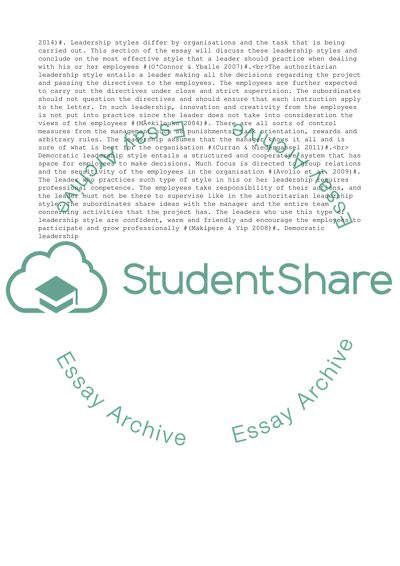Cite this document
(“Project management Essay Example | Topics and Well Written Essays - 1500 words - 15”, n.d.)
Retrieved from https://studentshare.org/management/1667215-project-management
Retrieved from https://studentshare.org/management/1667215-project-management
(Project Management Essay Example | Topics and Well Written Essays - 1500 Words - 15)
https://studentshare.org/management/1667215-project-management.
https://studentshare.org/management/1667215-project-management.
“Project Management Essay Example | Topics and Well Written Essays - 1500 Words - 15”, n.d. https://studentshare.org/management/1667215-project-management.


